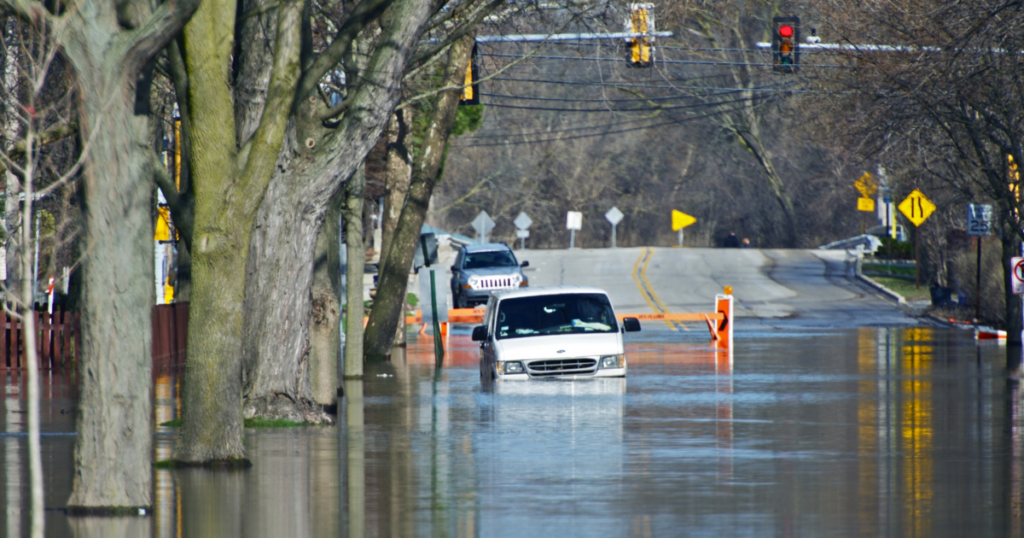Charting the Storm with Crisis Communications Strategies

Weather-related disasters, from hurricanes to wildfires, can disrupt lives, businesses, and communities in an instant. For organizations, the key to survival during such events lies not only in their operational response but in effective communication. Marketing and communications teams play a critical role in ensuring that businesses stay connected with both employees and customers before, during, and after a crisis.
Effective crisis management goes beyond damage control. It’s about preparing in advance, maintaining trust, and ensuring that all stakeholders are informed and reassured throughout the event. Here’s why being prepared for weather disasters is crucial to marketing and communications.
Why Crisis Management is Vital
- Preserving Brand Reputation: How a business responds during a disaster can significantly affect its public image. Transparent and empathetic communication fosters trust with customers and employees. Mishandling information or staying silent can damage the brand.
- Ensuring Business Continuity: Proper communication keeps operations running smoothly. Even if physical locations are closed, clear messaging lets customers know when services will resume, maintaining customer loyalty.
- Employee Safety and Morale: Employees are the backbone of a business. Keeping them informed, updated, and supported during a crisis not only safeguards their wellbeing but also ensures they are prepared to continue operations when safe.
- Avoiding Misinformation: In the chaos of a weather event, misinformation can spread rapidly. Accurate, timely communication prevents confusion, reduces panic, and reassures stakeholders.
- Post-Disaster Recovery: Once the immediate threat has passed, it’s essential to communicate how your business plans to rebuild, reopen, or assist affected communities. This can turn a negative event into an opportunity to demonstrate corporate responsibility.
Five Steps to Take Ahead of Time for Weather Disaster Preparedness
Preparation is key to a successful crisis response. Here are five critical steps to take before disaster strikes:
- Develop a Comprehensive Crisis Communication Plan
- Establish clear protocols for communicating with employees, customers, and stakeholders. The plan should include who is responsible for managing communications, how messages will be delivered (email, social media, SMS, etc.), and the types of messages needed at different stages of the disaster.
- Include backup communication systems in case primary methods fail.
- Identify Key Stakeholders and Audiences
- Know who you need to reach in a crisis. This includes employees, customers, suppliers, and local authorities. Segment your communication by audience to ensure everyone receives the information that is most relevant to them.
- Pre-Craft Messaging Templates
- While you can’t predict every scenario, you can prepare general messages in advance. Pre-written emails, social media posts, and press releases save time and ensure consistent, clear communication during the crisis. Templates should cover topics like closures, safety instructions, and operational updates.
- Train Employees on Crisis Procedures
- Ensure all employees, especially those in customer-facing roles, know the communication protocols and are prepared to act quickly. Conduct regular training and drills to familiarize staff with emergency procedures and equip them with the tools to communicate effectively with customers.
- Monitor Weather and Communication Channels Continuously
- Implement systems to monitor weather forecasts and emergency alerts. Also, establish a system to track social media and other communication channels for any issues that arise during the disaster. Being proactive allows you to respond in real time to concerns or rumors.
